Space News
Nasa
236
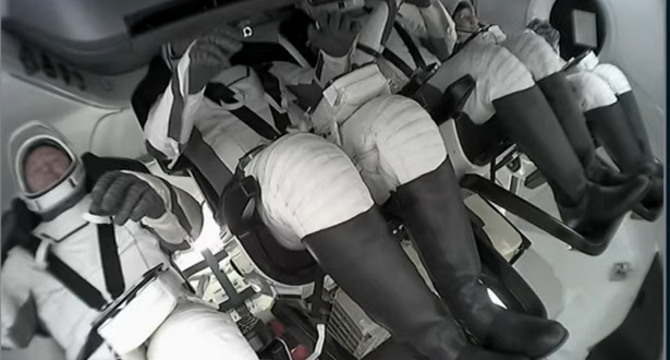
Image Credit: Nasa
NASA’s SpaceX Crew-9: Crew Preparing for Splashdown
- NASA’s SpaceX Crew-9 is preparing for splashdown on Tuesday, March 18, 2025.
- Live NASA+ coverage is underway for the splashdown of agency astronauts onboard the SpaceX Dragon spacecraft.
- The deorbit burn is scheduled to begin at 5:11 p.m. EDT, with splashdown expected at approximately 5:57 p.m.
- Weather conditions are favorable at the primary targeted site in the Gulf of America, near Tallahassee, Florida.
Read Full Article
14 Likes
Spaceflightnow
196

NASA, SpaceX undock Crew-9 from space station, begin 17-hour journey to Earth
- NASA and SpaceX undocked Crew-9 from the International Space Station, beginning their 17-hour journey back to Earth.
- Dragon Freedom spacecraft undocked at 1:05 a.m. EDT to splash down along Florida's Gulf Coast around 5:57 p.m. EDT.
- Crew-9, consisting of NASA astronaut Nick Hague and Roscosmos cosmonaut Aleksandr Gorbunov, spent 171 days in space.
- NASA astronauts Suni Williams and Butch Wilmore, who arrived on the Boeing CST-100 Starliner, will also return after 286 days in space.
Read Full Article
11 Likes
Guardian
433
Image Credit: Guardian
Russia will ‘undoubtedly’ discuss future Mars flights with Musk, Putin envoy says
- Russian officials expect to hold talks with Elon Musk regarding space travel to Mars.
- Russia wants to expand its cooperation with the US on space projects.
- Kirill Dmitriev, Putin's envoy, praised Musk's efforts to push the boundaries of human achievement.
- Russia plans to start its own Mars mission after ESA suspended joint project.
Read Full Article
26 Likes
Nasa
272
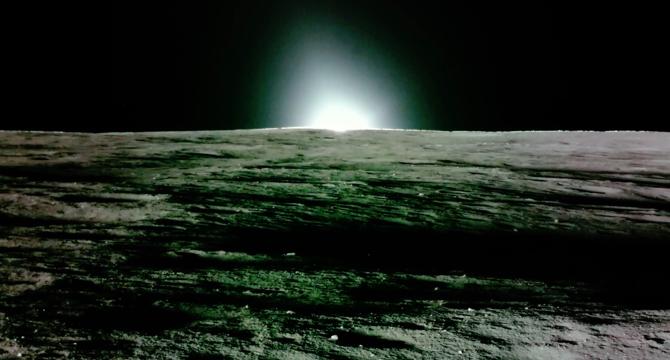
Image Credit: Nasa
NASA Science Continues After Firefly’s First Moon Mission Concludes
- Firefly Aerospace’s Blue Ghost Mission 1 successfully delivered 10 NASA science and technology payloads to the near side of the Moon under NASA's CLPS initiative and Artemis campaign.
- The mission, lasting about 14 days, captured images of a solar eclipse and a sunset from the lunar surface before concluding on March 16.
- Data analysis from the instruments continues, contributing to future lunar missions and the emerging lunar economy.
- All 10 NASA payloads were activated, collected data, and transmitted a total of 119 gigabytes of data back to Earth.
- Several instruments performed groundbreaking demonstrations, including the deepest robotic subsurface thermal probe and a radiation-tolerant computer.
- The data gathered will aid in understanding space weather impacts, lunar environment characteristics, and improve equipment for future missions.
- Five vendors have been awarded 11 lunar deliveries under CLPS, sending over 50 instruments to locations including the lunar South Pole and far side.
- NASA's Artemis goals for exploration on the Moon and beyond are further supported through missions like Firefly's Blue Ghost Mission 1.
- The innovative technologies and scientific findings from the mission pave the way for enhanced lunar studies and potential crewed missions.
- Through successful demonstrations like regolith adherence characterization and lunar soil collection, Firefly's mission contributes to advances in space exploration.
Read Full Article
16 Likes
Discover more
Nasa
75

Image Credit: Nasa
NASA, USGS, Industry Explore Off-World Resource Development
- NASA and the U.S. Geological Survey (USGS) held a workshop to explore technology needs for resource development on Earth and in outer space.
- The workshop focused on technologies to detect, assess, and develop resources, such as critical minerals and water ice, on celestial bodies including the Moon, other planets, moons, and asteroids.
- Over 300 attendees discussed the requirements for finding and mapping resources outside Earth, including the need for new sensors, cost-effective platforms, and innovative technologies.
- The workshop aimed to foster collaboration among industry, government, and academia to develop new concepts and technologies for off-world resource exploration.
Read Full Article
4 Likes
The Verge
374

Image Credit: The Verge
Wait, why is the White House using Starlink to ‘improve Wi-Fi’?
- The White House is using Starlink to address Wi-Fi connectivity issues caused by spotty cell service and overtaxed infrastructure.
- A SpaceX security engineer attempted to install Starlink on the roof of the White House complex, but triggered a Secret Service alarm.
- Using Starlink for improved Wi-Fi coverage raises ethics concerns and potential security implications.
- Instead of using another ISP, running new ethernet cable or adding more Wi-Fi access points could have been simpler solutions.
Read Full Article
22 Likes
Nasa
170
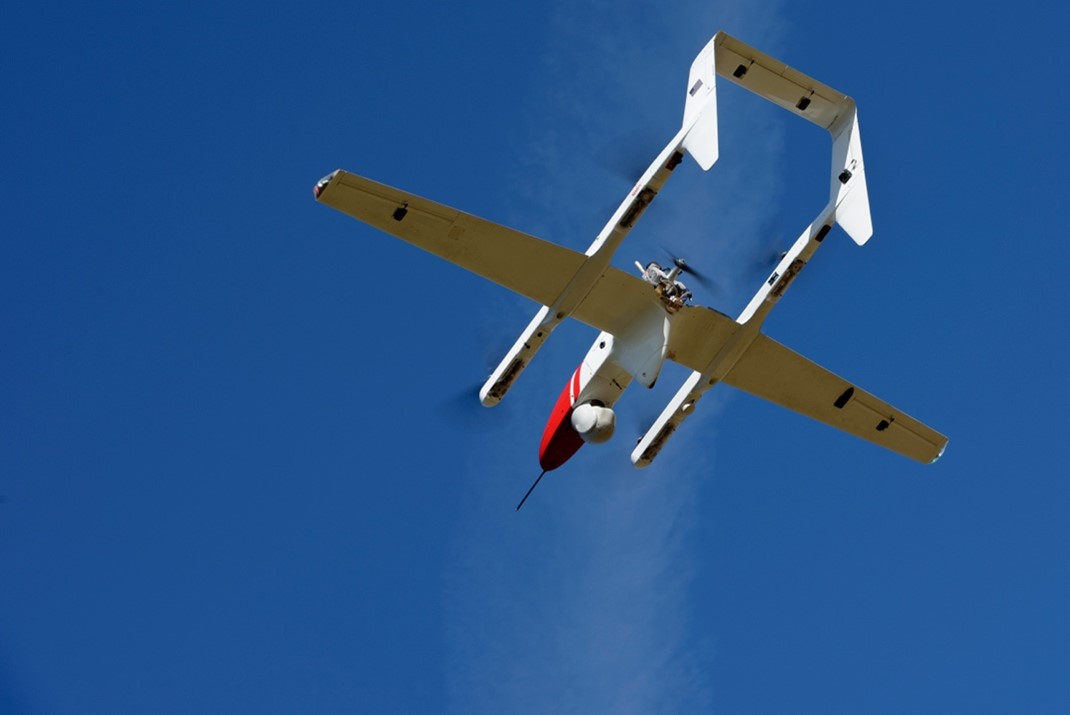
Image Credit: Nasa
NASA Invites Media to View Wildland Fire Technology Flight Test
- NASA will conduct a live flight test of aircraft performing simulated wildland fire response operations.
- The flight test will utilize a newly developed portable airspace management system.
- The system aims to expand the window of time for crews to respond to wildland fires.
- The test will include the coordination of small drones, an electric vertical takeoff and landing aircraft, and a remotely piloted aircraft.
Read Full Article
10 Likes
Insider
321

Image Credit: Insider
Those stranded NASA astronauts are finally coming home. Watch live as they fall back to Earth after 9 months in space.
- Two NASA astronauts who were stuck on the International Space Station for nine months are returning to Earth aboard SpaceX's Crew Dragon spaceship.
- The astronauts, Butch Wilmore and Suni Williams, were originally launched into space by Boeing's Starliner spaceship for a demonstration mission.
- The Starliner experienced engine glitches and was sent back to Earth empty, while Wilmore and Williams stayed on the ISS.
- The astronauts are expected to splash down off the coast of Florida after a fiery plummet back to Earth.
Read Full Article
19 Likes
The Verge
370
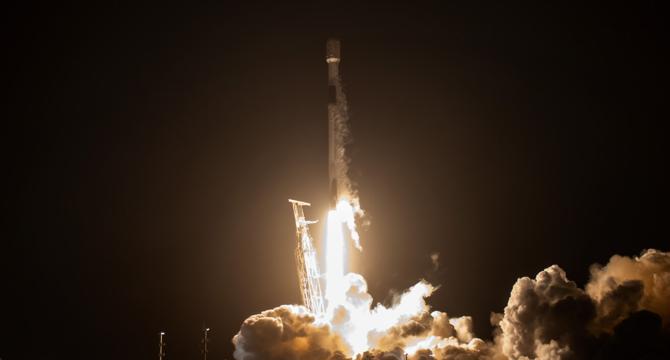
Image Credit: The Verge
Satellite launch kicks off a new effort to monitor wildfires from space
- A Google-backed mission called FireSat has launched a prototype satellite to monitor wildfires from space.
- FireSat is a constellation of satellites led by the nonprofit Earth Fire Alliance and startup Muon Space.
- Once fully operational, FireSat will provide early detection and high-resolution infrared data on wildfires.
- The constellation will consist of more than 50 satellites and is scheduled to be fully operational by 2030.
Read Full Article
22 Likes
Spaceflightnow
44

SpaceX launches 23 Starlink satellites Tuesday afternoon Falcon 9 flight
- SpaceX launched 23 Starlink V2 Mini satellites to low Earth orbit.
- The launch took place on March 18, 2025, using a Falcon 9 rocket.
- The mission successfully landed the first stage booster, marking the 102nd booster landing for the droneship 'A Shortfall of Gravitas.'
- SpaceX currently has a megaconstellation of over 7,100 satellites in orbit, including 543 DTC Starlink satellites.
Read Full Article
2 Likes
Knowridge
133

Image Credit: Knowridge
Did supernova explosions cause ancient mass extinctions on Earth?
- Scientists from Keele University have found strong evidence that some of Earth’s past mass extinctions could have been caused by nearby supernova explosions—massive star explosions in the Milky Way.
- The research team conducted a detailed survey of massive stars within about 3,260 light-years of the Sun, known as OB stars, to understand how galaxies and star clusters form.
- The study suggests that a nearby supernova could have stripped away Earth's ozone layer, exposing life to dangerous ultraviolet radiation and leading to mass extinctions.
- This research highlights the potential impact of cosmic events beyond Earth on the history of life and evolution.
Read Full Article
8 Likes
Nasa
428
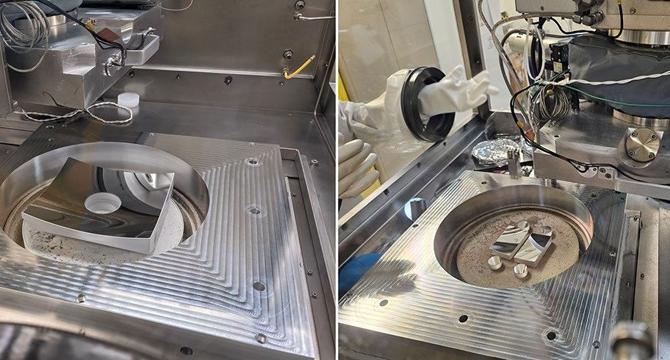
Image Credit: Nasa
Atomic Layer Processing Coating Techniques Enable Missions to See Further into the Ultraviolet
- New approaches in thin film coatings using atomic layer deposition (ALD) and atomic layer etching (ALE) are enhancing ultraviolet (UV) light measurements in astrophysics.
- ALD and ALE techniques, common in the semiconductor industry, are now being used for optical coatings, particularly for ultraviolet wavelengths.
- Researchers at NASA JPL are developing fluoride-based ALD and ALE processes for ultraviolet instruments to improve reflectance and reduce absorption losses.
- Metal fluoride coatings protect aluminum mirrors used in UV instruments by preventing oxidation while maintaining high reflectance.
- SPRITE and Aspera astrophysics missions utilize ALD-deposited magnesium fluoride on lithium fluoride coatings to enhance UV performance and stability.
- ALD processes are crucial for creating multilayer aluminum and metal fluoride bandpass filters for UV imaging sensors, improving UV efficiency.
- The JPL team is focusing on applying ALD processes to larger-format sensors for the NASA UVEX mission, enhancing UV observations.
- Future work involves implementing bandpass filters on Si CMOS sensors for the NASA UVEX mission, targeting launch in the early 2030s.
- The synergy of ALD and PVD techniques in coating development is advancing ultraviolet observations in astrophysics missions.
- The use of ALD and ALE processes is revolutionizing optical coatings in UV instruments, offering precise control over layer thickness and material properties.
Read Full Article
25 Likes
Mensjournal
272

How to Watch the Return of Stranded NASA Astronauts From Outer Space Today
- NASA astronauts Suni Williams and Butch Wilmore, stranded on the International Space Station (ISS) for nine months, are scheduled to splashdown in Florida at 6 p.m. local time.
- Coverage of their reentry will begin at 4:45 p.m. EDT, with the de-orbit burn scheduled for 5:11 p.m. and the splashdown set for 5:57 p.m.
- The event will be broadcast live on the NASA+ livestream and NASA's YouTube page.
- Williams and Wilmore became stranded when their capsule encountered mechanical issues and were eventually sent back to Earth without them.
Read Full Article
16 Likes
Mensjournal
321

Astronauts Stranded in Space for 9 Months Get What They've Been Waiting for
- Astronauts Suni Williams and Butch Wilmore, who have been stranded in space for nine months, are finally headed back to Earth.
- They undocked from the International Space Station (ISS) on March 18 and are expected to splash down in Florida around 6 p.m. local time.
- Williams and Wilmore initially arrived at the ISS last June, expecting to stay for only 10 days, but their spacecraft encountered mechanical issues and they were unable to return to Earth.
- During their extended stay, they celebrated holidays, voted in the presidential election, and kept the public updated on their situation.
Read Full Article
19 Likes
Digitaltrends
365
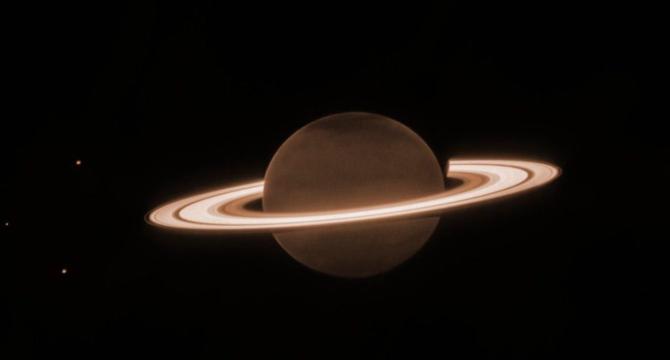
Image Credit: Digitaltrends
NASA’s Webb telescope peers straight at Saturn-like planets 130 light-years away
- The James Webb Space Telescope captures direct image of exoplanets, around 130 light-years away.
- The exoplanets are in the solar system of a young star called HR 8799.
- The planets formed by a process called "core accretion" and are similar to Saturn and Jupiter.
- Using near-infrared coronograph, Webb Telescope blocked out direct light from HR 8799 to capture the images.
Read Full Article
22 Likes
For uninterrupted reading, download the app